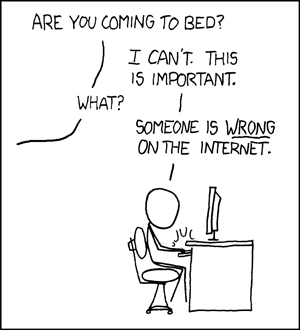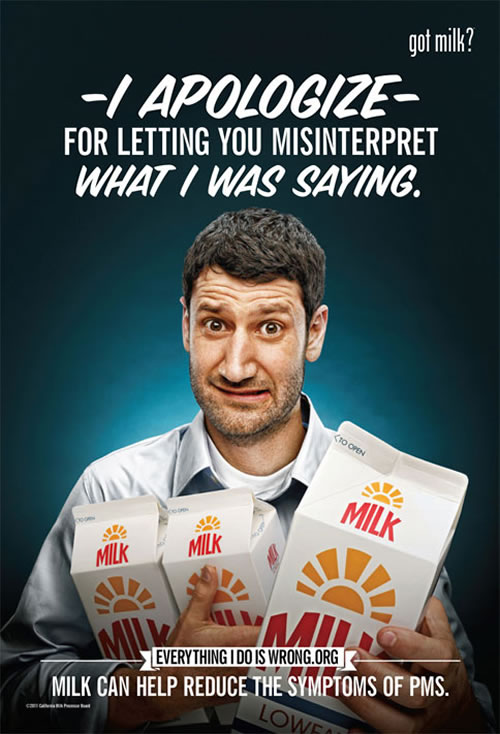I have been blogging for over a decade now, and in that time I have certainly received hurtful and/or hateful comments. I have had my share of trolls, personal messages from particularly irate readers, as well as (empty) threats.
At first they used to bother me. A lot.
But now, I find them quite amusing.
Does something that a complete stranger writes on their personal blog bother you so much that you feel the need to continually argue your point?
To refresh the page over 90 times in an hour to see if you had gotten a response? (Yes, someone actually did this to me quite a few times.)
To link to the offending post in an online forum or social media site to ask for reinforcements? (A...
Continue reading




